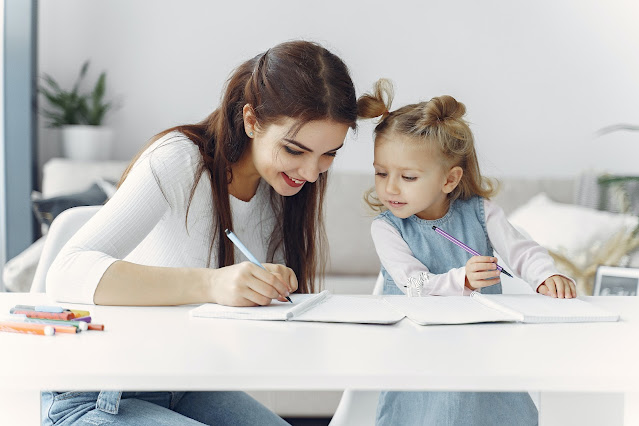The Ultimate Guide to Creating a Productive Home Schooling Environment
Keeping your children motivated and productive can be challenging for any parent, let alone those who have taken up the challenge of homeschooling. While juggling work-from-home responsibilities and other commitments, finding an ideal environment to facilitate productive homeschooling requires creativity. It is essential to note that there is more to creating a perfect homeschool environment than providing books and supplies.
Here are some practical tips for creating a productive homeschooling environment:
Getting Your Supplies in Order
Before creating a conducive learning space, it would be best to gather the necessary tools for effective learning. You should ensure that you have enough pens, pencils, erasers, and textbooks tailored toward your child’s current grade level.
You can also consider using an all-in-one homeschool curriculum. They simplify it by offering reading materials, educational games, and interactive projects under one roof! When I first began my homeschool journey with my daughter Sofia (who was then in second grade), I started with this curriculum because it offered me quality textbooks tailored to her interest areas at affordable rates.
Create Distraction-Free Zones
It’s no secret that children get easily distracted (especially during home-schooling hours!). So while building your ideal homeschool area or room, remove any potential distractions through proper planning. Remove toys or frequently accessed items from the learning space – they may distract them from their lessons.
This does not mean punishing kids by locking them away in bleak spaces void of light or fun; instead, be creative, like placing posters with fascinating facts about animals or planets around their workspace, which assist them in staying engaged during slower moments.
To further maximize concentration levels, consider playing instrumental music (such as jazz) at low volume. Although this might not work for some students, listening to something easy on the ear often works wonders!
Choose Comfortable Seating Areas
Choosing comfortable seating options such as chairs that promote good posture, ergonomics, and an appropriate height is essential. This will reduce unnecessary discomforts for your child that disrupt studies and build tension that comes with an uncomfortable seating space.
Since the traditional classroom table is likely bulky and challenging to re-arrange, you can consider using laptops when you require your children to sit up straight while still being comfortable. Another option is creating a DIY study pillow that your kids can lean on.
Be Creative and Exciting
Learning should be fun! Children tend to learn faster when engaged rather than just giving information without input or interaction. Choosing a neutral color scheme (such as pastels) which puts less pressure on the brain, can help create a calm learning environment, enabling them to focus better.
Another way of adding creativity would be including arts and crafts supplies like markers, glue, and glitter (yes, glitter!)–it’s almost like magic! Encouraging students to get creative unleashes hidden talents within themselves and builds confidence, making it easy for them to tackle more complex subjects.
Creating Learning Zones
Creating learning zones has proved effective because it helps students categorize what they’re reading or studying under different headings hence improving retention levels – this was something I applied when creating Sofia’s homeschool room which had “Math” displayed above the table she used for her Math worksheets. At the same time, science materials were kept in one particular area closer to home experiment setups.
This tends to break down information into bite-size chunks, making it easier for kids to process, ensuring the best homework assignments results are achieved at the end of every school day.
Final Thoughts
Building a conducive homeschooling environment requires effort, patience consistency mixed with love. Homeschooling itself is an adventure filled with both challenges but also pure blissful moments as well. These tips, however small they may seem at first glance, hopefully, will help ease much of the stress of trying to keep focused, encouraging increased productivity through interactive learning designed for your child’s needs.




.png)



No comments
Thank you for dropping by! I would love to hear what you thought. :)
Thanks!
♥,
Diana